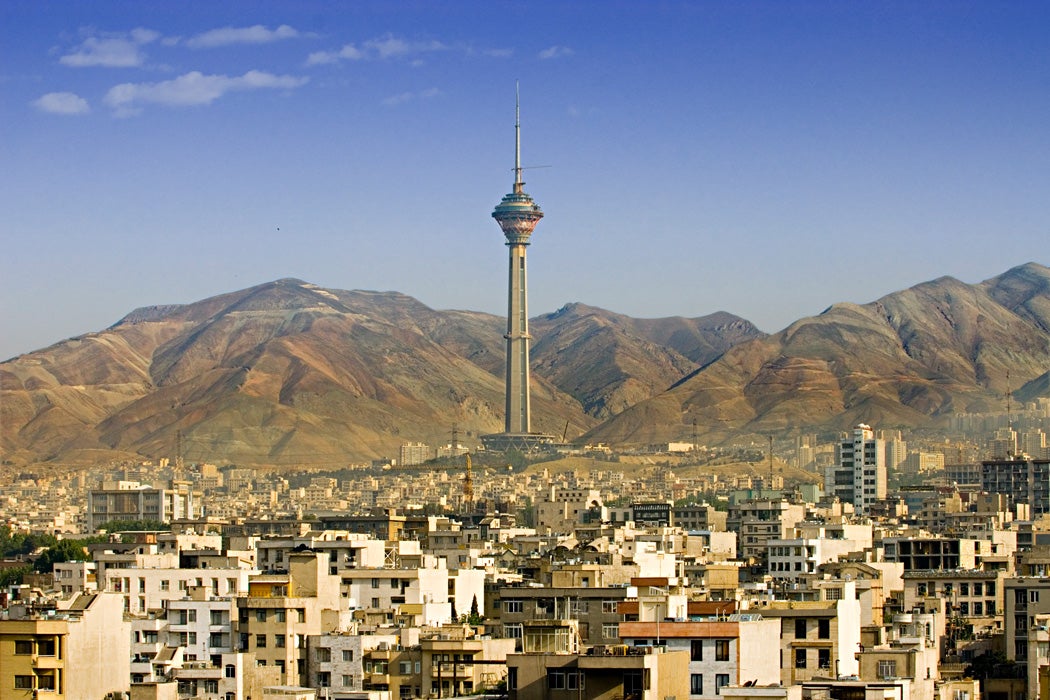When the Iranian village of Sefidabeh was leveled by an earthquake in 1994, three hundred buildings were destroyed and six people died. The remote community, sandwiched between two deserts, was about a hundred kilometers from the nearest habitation of any size. Few outside the region noticed anything had happened. Why, in such a remote region, did the earthquake seem to target Sefidabeh?
Professor of geophysics James Jackson explains that Sefidabeh was there, on a fault line, because of the location’s fresh water. The local springs gave the place its name: Sefidabeh means “white water.” According to Jackson:
Sefidabeh is the only place it is possible to live and attempt a meagre agricultural existence in this extremely inhospitable environment, as it is the only place with water. It is the fault that provides the water, but the fault may kill you when it moves.
Iran as a whole is an extremely seismically active country. Over the last thousand years, there have been at least fifteen earthquakes with 10,000 or more fatalities in Iran. In recent memory, Iran has been walloped by massive earthquakes in 1968 (12,000 killed), 1978 (20,000 killed), 1990 (40,000 killed) and 2003 (40,000 killed).
The region offers a dramatic example of what Jackson calls the “fatal attraction” of living in turbulent seismic zones. The “great earthquake and mountain belts that run from Italy to China” are now full of megacities. Such places have a history of being wiped out over and over again, but fresh water supplies keep bringing people back.
Iran’s capital Tehran, for example, was also initially settled because of its water. It was once just a village, too. The geology that produces water sources—the Arabian and Eurasian tectonic plates crumpling together—also renders the region a seismic hotspot. The difference between Sefidabeh and Tehran is one of scale: According to Jackson, Tehran has a daytime population of 10-12 million people. This same Tehran was damaged or leveled by earthquakes in 855, 958, 1177, and 1830 CE.
Weekly Digest
Jackson believes that the trend of “relentless increase in [earthquake] fatalities with the expanding global population” will only be ameliorated by applying the lessons learned in places like Japan and California. One of the main reasons both places have survived recent quakes with proportionally small losses of life is rigorous building codes “sensibly enforced.”
We usually don’t think of geology as a major factor of history, but it has determined the physical location of many aspects of human civilization. It’s a rather shaky foundation for it all.







